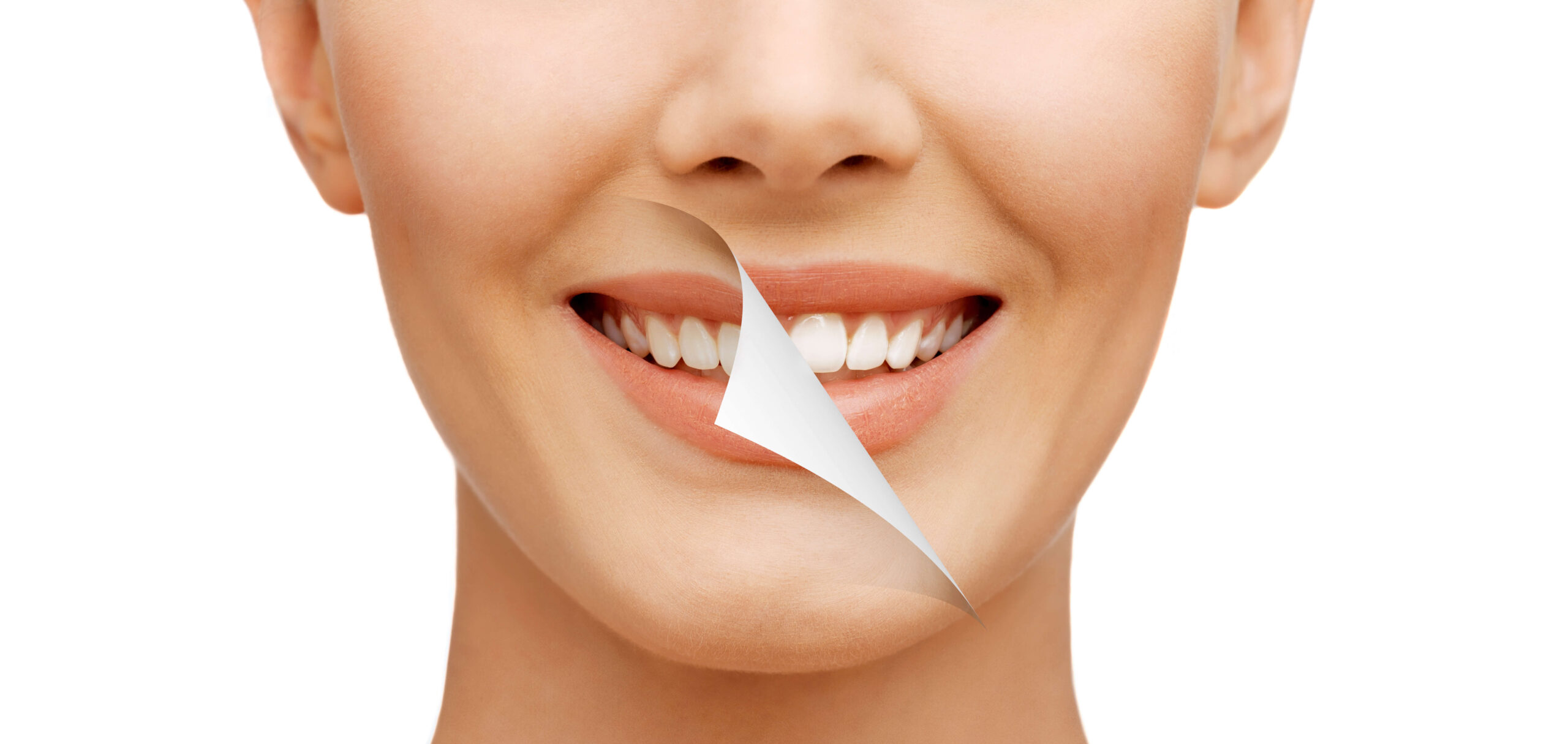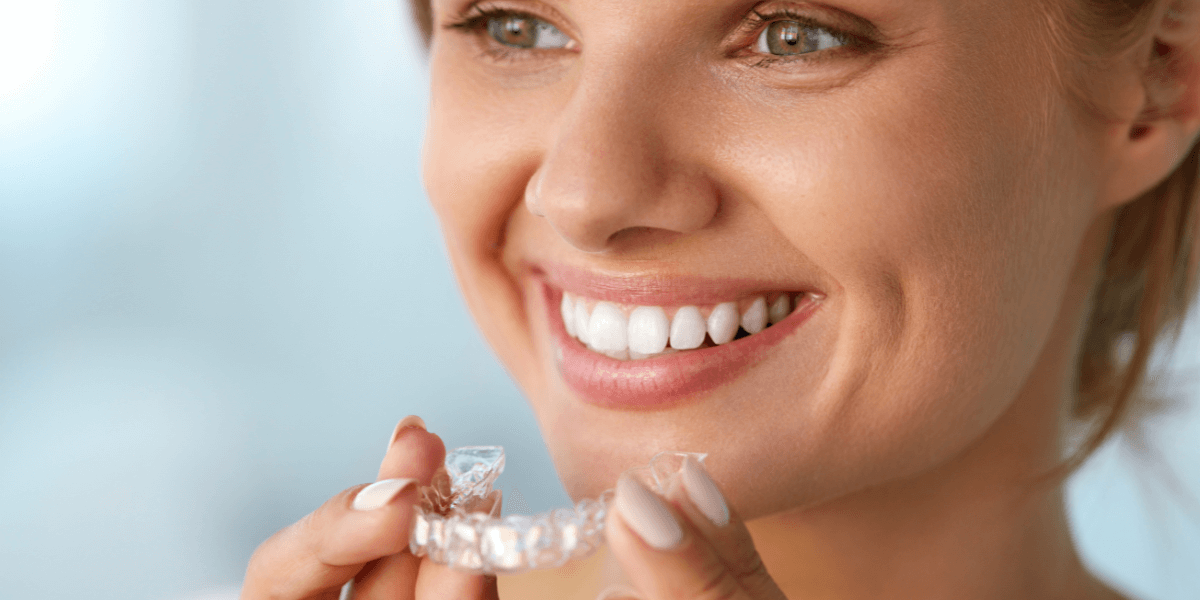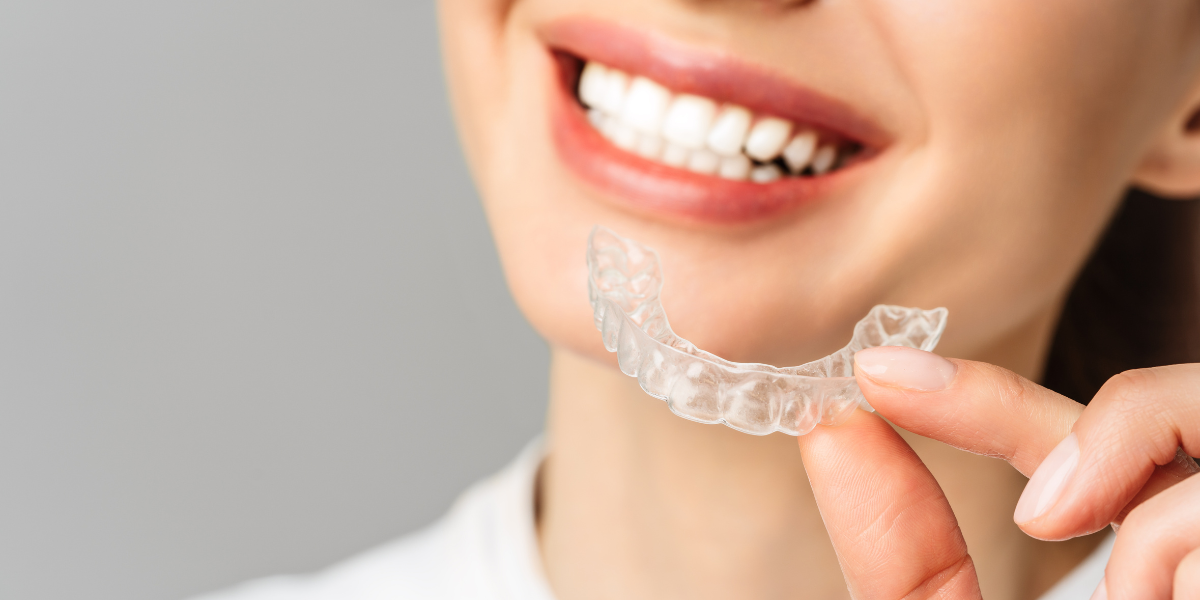
Understanding Instant Teeth Whitening
When you see an ad for instant teeth whitening, you might notice that "INSTANT!" is capitalized, exclaimed, or otherwise shouted from the internet rooftops. "Whiten Your Teeth NOW! NO waiting at all!"
Yeah, that? That’s a bad sign.
There are three things to look for when whitening your teeth: safety, speed and cost, and products are usually just two of the three. (That may be borrowed from car-buying manuals, but the rules apply.) If you want, for example, a custom-fitted whitening tray, it will be affordable and safe, but you’ll likely need over two weeks to see results. Conversely, if you want something like LED-powered “laser bleaching”, it may be speedier, possibly safe (depending on your dentist or teeth sensitivity), but definitely not cheap.
And if some miracle product does exist that tackles all three at once, there’s one more factor to consider: consistency. Your teeth may be whiter today, but what about tomorrow? And what are the side effects, anyway?
Debunking Myths of Instant Teeth Whitening
Instant teeth whitening almost always refers to "laser bleaching", which is itself a bit of a misnomer. There is no laser, it’s a hot LED light, often bright blue, shone close to your teeth after a standard carbamide or hydrogen peroxide gel is pasted on. The heat purportedly speeds up the whitening process, so patients leave the office with whiter teeth than when they walked in.
Except it doesn’t really work that way. While advertisements may claim the whitening is instantaneous, dentists know it really takes anywhere from three to five visits to show any real results, which are necessarily spread over a span of approximately two weeks (Haywood, 1999). If teeth do appear whiter after your first visit, it may be due to what’s called the "rubber dam effect", that’s when teeth are sealed so tightly and exposed to such a harsh light that they become briefly dehydrated. This dehydration actually makes teeth appear whiter at first, though only as long as they’re dehydrated, anywhere from a few hours to a few days (Goldstein, 1999).
In general, the jury is still out on whether LED lights are effective at all. There has been little funding for proper research in the area, causing a great deal of ambiguity (Haywood, 2009).
In any event, custom-fitted trays are often required after laser bleaching for general upkeep. Dentists will make a mold of your teeth, which often costs several hundred dollars more than what Smile Brilliant! sells them for, despite the process being identical. And if you buy an at-home LED kit, a custom-fitted tray is necessary for the initial process as well as re-whitening after the fact.
As a general rule, teeth never stay white. You always need to get them re-whitened, from somewhere between every few weeks to once or twice a year, because of our modern diet of manufactured foods and how harsh we’ve become on our teeth. Nothing is forever.
The Dangers of Instant Teeth Whitening
If someone is trying to sell you on instant results, be careful, the carbamide or hydrogen peroxide gel is very likely 35 percent or close to it. That’s dangerously high to apply on your teeth if done incorrectly.
Peroxide gels are a chemical compound that actually seep into the pores of your enamel and whiten your teeth from the inside. (While called "bleaching", whitening isn’t really a surface procedure, it digs deep.) Mixtures typically range from 10 to 35 percent. The lower the percentage, the longer you’ll have to wait for whiter teeth, say, four weeks instead of two. When the percentage is on the higher end, like 35, it may take less time (not instant, but one or two weeks), but you’re exposing your teeth to an extremely abrasive chemical compound, meaning you can’t leave it on for as long a period of time, after an hour, your teeth will be hyper-sensitive.
The ADA recommends peroxide mixtures of 10 percent, the minimum industry standard (ADA, 2012). Generally, anything up to 25 percent is acceptable if you don’t apply it for too long. If you lose track of time, especially with 35-percent combinations, you can permanently damage your enamel and gums because of the intense strength of the mixture.
The Best Course of Action
Most professional research dentists have long been in agreement: instant results are sketchy. For safe and consistent results, a custom-fitted tray is a finer option. It might take a little longer, but the results are improvable over a period of time and can be more carefully determined based on your specific mouth (Haywood, 2008).
Because not all teeth are built the same (even in the same mouth!), high-intensity instant bleaching is considered not only potentially dangerous, but also potentially ineffective. People who suffer from hyper-sensitivity especially would do well to consider a safer, slower method; and even the slowest won’t take longer than a few weeks. Better to be safe than screaming every time you take a lick of ice cream.








